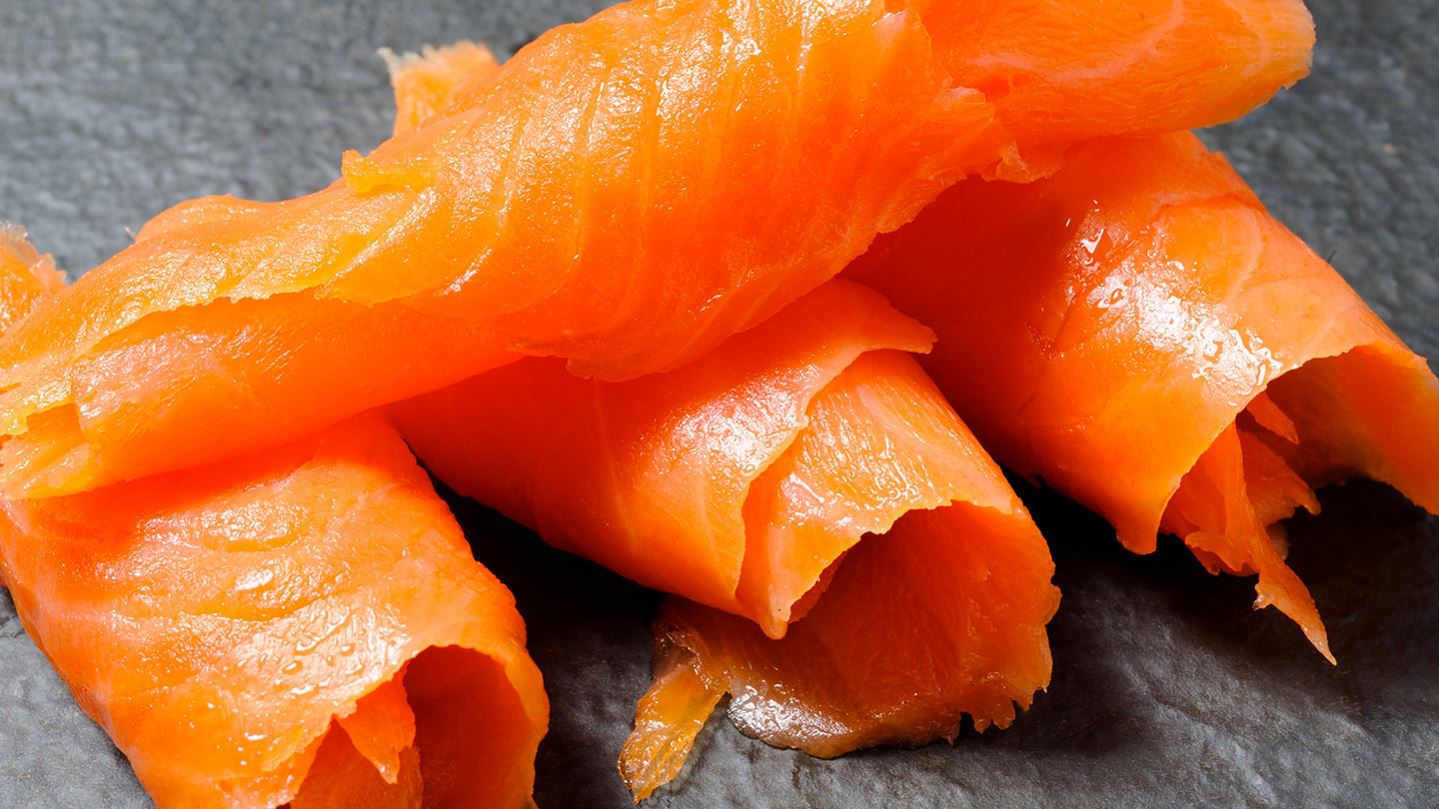
Cooked, Cured and Processed Fish and Seafood Products
MAP: A proven way to effectively extend the shelf life of your fish and seafood products.
Food items: Bloaters, Bombay Duck, Buckling, Cod's Roe, Cold Smoked Fish, Fish Galantine, Fish Rillettes, Fish Terrines, Hot Smoked Fish, Kippers, Potted Fish, Potted Shellfish, Salt Cod, Salted Anchovies, Salted Caviar, Salted Fish Roes, Salted Jellyfish, Seafood Pâtés, Smoked Haddock, Smoked Halibut, Smoked Mackerel, Smoked Salmon, Smoked Trout, Taramasalata, other items
Recommended gas mixture
30% CO₂
70% N₂
The gases and mixtures listed above are for general guidance. To identify the optimum gas for your product and process, we recommend you undertake a product trial, with the help of an Air Products MAP gas specialist.
Storage temperature
Legal maximum*: 8° C
Recommended**: 0° C to +3° C
Achievable shelf-life
In air: 5-10 days
In MAP: 7-21 days
Principle spoilage organisms and mechanics
Oxidative rancidity, Pseudomonas species (in air), Lactic acid bacteria, Enterobacteriaceae, Shewanella species, Photobacterium species, Aeromonas species.
Food poisoning hazards include
Clostridium botulinum (non-proteolytic E, B and F), Vibrio parahaemolyticus, Salmonella species, Staphylococcus aureus, Listeria monocytogenes.
Typical MAP machines
Retail
• TFFS – Thermoform-fill-seal
• PTLF – Preformed tray and lidding film
• HFFS – Horizontal form-fill-seal
Typical types of package
Retail: Tray and lidding film, Tray inside pillow pack
Examples of typical MAP materials
Retail
Tray:
• PVC/PE
• APET/PE
• HDPE
• EPS/EVOH/PE
Lidding and/or pillow pack film:
• PET/PVdC/PE
• PET/PE-EVOH-PE
• OPA/PE-EVOH-PE
• OPP/PE-EVOH-PE
• MPET/PE
• MOPP/PE
The principal spoilage mechanisms for cooked, cured and processed fish and seafood products are microbial growth and oxidative rancidity. For cooked products, the heating process should kill vegetative bacterial cells and inactivate degradative enzymes. Consequently, spoilage of cooked fish and seafood products is primarily due to post-cooking contamination by micro-organisms and oxidative rancidity which can be minimised by MAP with CO₂/N₂ mixtures and good hygiene and handling practices. A gas/product ratio of 2:1 is recommended.
Cured and processed fish and seafood products contain relatively high levels of salt which effectively inhibits a wide range of spoilage micro-organisms. Cooked, cured and processed fish and seafood products contain high levels of unsaturated fat which is prone to oxidative rancidity. However, MAP with CO₂/N₂ mixtures is effective at inhibiting such undesirable oxidative rancidity. Possible food poisoning hazards are primarily due to post-cooking, curing or processing contamination which can be minimised by maintenance of recommended chilled temperatures and good hygiene and handling practices.
The reduced aw and/or addition of salt in most cooked, cured and processed fish and seafood products inhibit most food poisoning bacteria, particularly Clostridium botulinum. This inhibition may be compromised in products formulated with lower salt or other preservatives as is becoming increasingly popular. Caution must be exercised to assess the potential effects of any changes in product formulation. Simple cooked fish and seafood products without any added preservatives are likely to be at greater risk from growth of Clostridium botulinum under anaerobic MAP conditions and incorrect chilled storage.
* The Food Safety (Temperature Control) regulations 1995 states that the maximum Storage temperature for chilled perishable foods is 8°C. There will be flexibility to vary this when scientifically justified. For legal temperature storage requirements, please contact the Campden and Chorleywood Food Research Association.